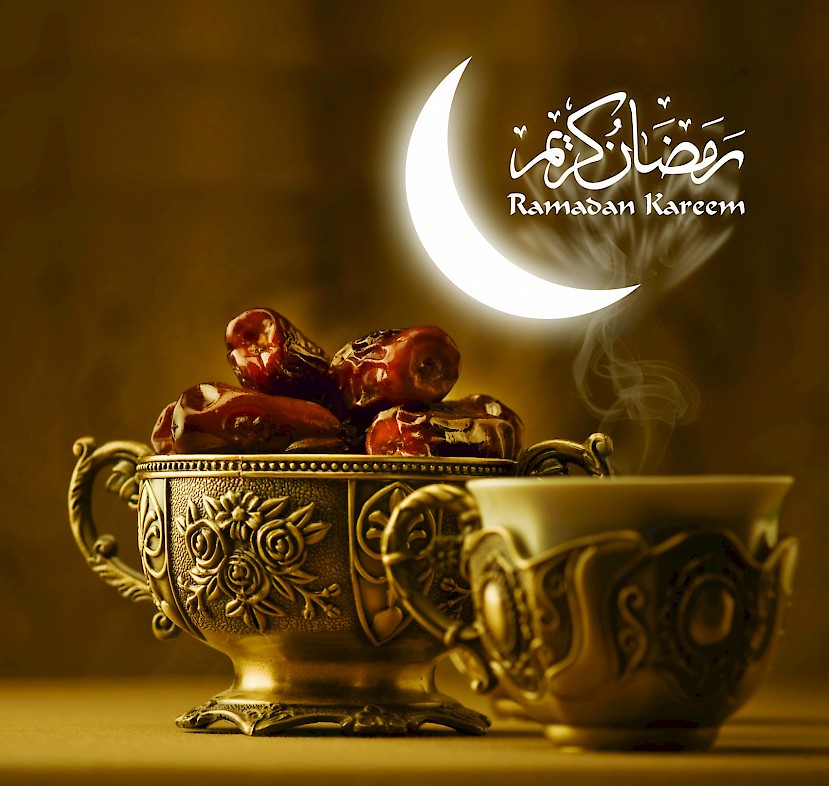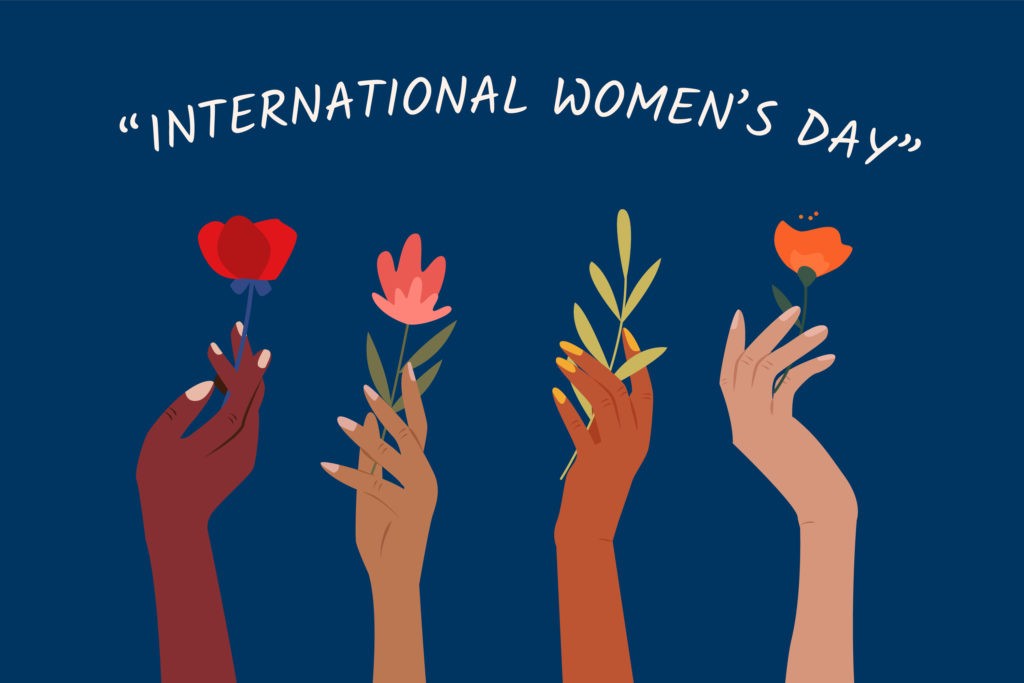10 Interesting Greetings from Around the World
 |
| Top 10 Interesting Greetings from Around the World |
Let's go through some interesting greetings in different countries and their meanings, which may help you when you have the opportunity to travel to these places.
The way of greeting in each country is very different. This act shows our respect for others, so adopting a greeting culture in a foreign country while traveling would be a nice gesture for locals.
The basic thing when we meet someone is to say hello. In the world, greetings come in many shapes and sizes, depending on the customs and habits of each country and region.
In some places, there are very special greetings, for example in Tibet, people… stick out their tongues to say hello or in Saudi Arabia, they will… bump their noses. But the most common greeting is still shaking hands, waving and bowing.
In this article, KnowInsiders.com would like to introduce some interesting greetings in different countries and what it means. Maybe the article will help you when you have the opportunity to travel to these places.
| Content |
1. Rub Your Noses and Foreheads – New Zealand & Saudi Arabia
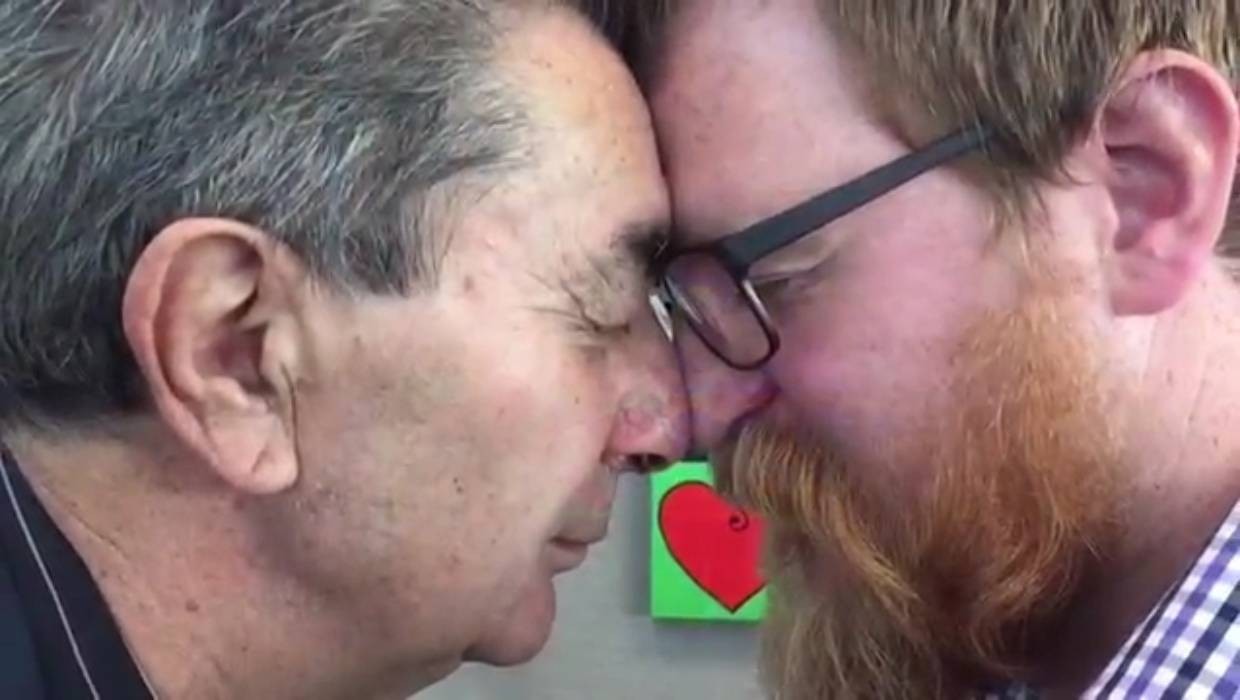 |
| Rub Your Noses and Foreheads |
While stroking noses and foreheads is a typical way for both countries to welcome each other, the connotation differs.
This habit originated with the ancient Maori tribe and is generally known as "hongi," which means "breath of life" in New Zealand. They think that this rite is directly inspired by their gods.
Yet, in Saudi Arabia, putting one's nose and forehead together during prayers is a sign of respect, especially for Arabs, and it is a manner of respecting people while welcoming them.
2. Air kiss on the cheek - France, Italy, Spain, Portugal, Latin America, Ukraine, and Québec, Canada
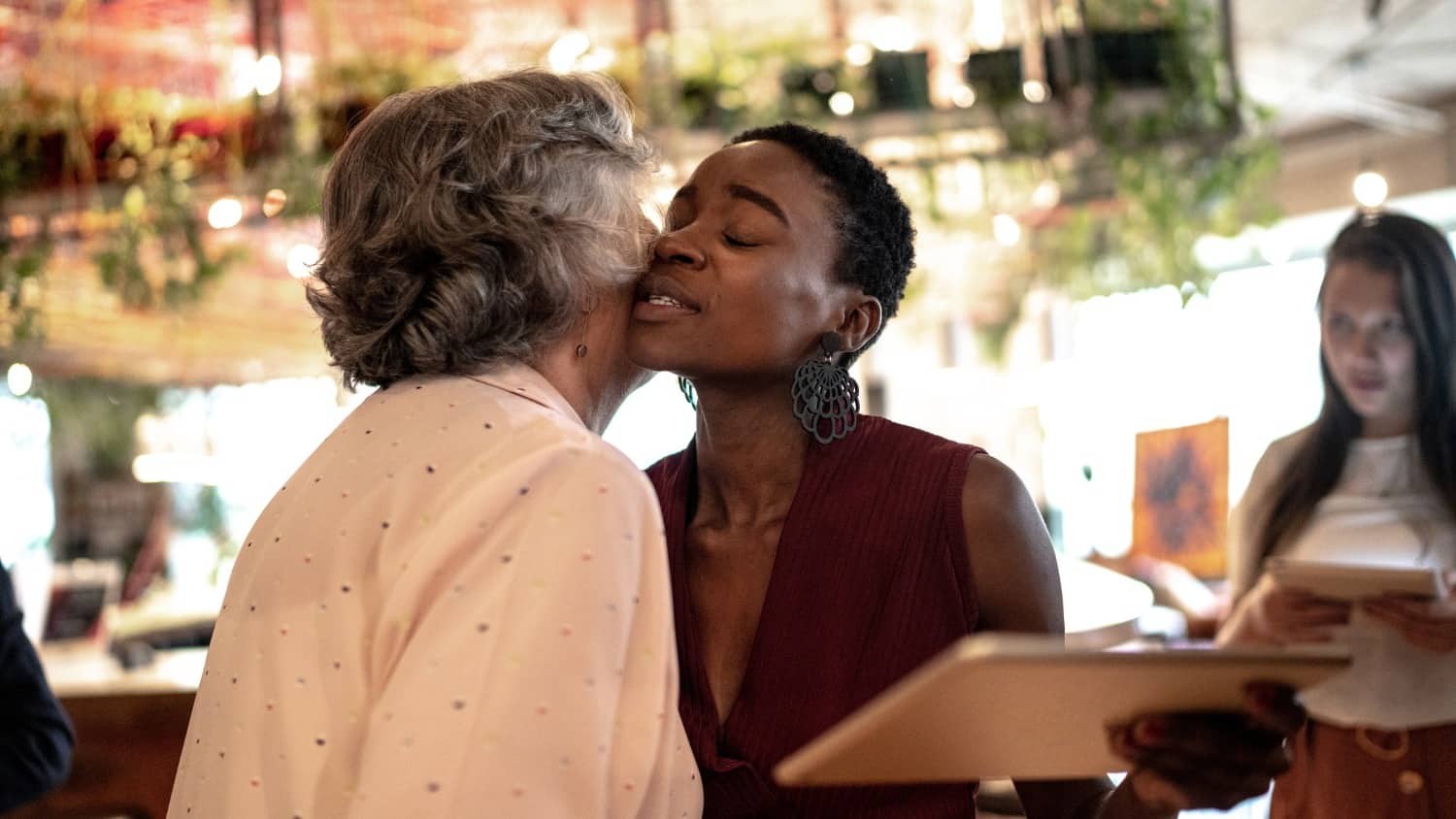 |
| Air kiss on the cheek |
Due to cultural openness, Europeans regard kissing on the cheek as the most friendly and respectful greeting. If you have the opportunity to come here, don't be too surprised if there is a guy or girl who gently kisses you on the cheek even if you just met for the first time. It's all just a friendly way of meeting Europeans. A polite greeting usually consists of two soft kisses on the cheek. First the right kiss, then the left cheek. For people you only know briefly, not close, you can shake hands to say hello. This is the "norm" of etiquette in most European countries. In France, when greeting people, people often kiss the right cheek of the opposite person.
However, depending on the regions, the number of kisses increases or decreases. In the country of famous cars, cheek kisses are still widely used by people to greet each other.
However you will see, they only kiss on the left cheek. The Germans used to have a campaign to call for this social kiss to be abandoned because they think this is an imported culture. British people also have the habit of kissing their cheeks when greeting. But if you meet friends, just shaking hands is enough.
The Dutch "standard" social kiss is to kiss 3 times in the order: right cheek - left cheek - right cheek. For people who are not too familiar, people will shake hands instead of greetings. If you meet someone you know and both are men, they also ignore the cheek kiss rule. Greek people have the habit of shaking hands with people they know, hugging and kissing with people more cordially. They usually kiss both cheeks and then pat their faces. In the land of samba, women often prefer to greet with a kiss more than men.
At RiodeJaneiro, you'll be greeted with two kisses on the cheek. In some other regions, the number of kisses ranges from one to three. Married women often greet their friends by kissing twice on the cheeks, single women usually three (although in some places just two is enough).
3. Sticking Your Tongue Out - Tibet
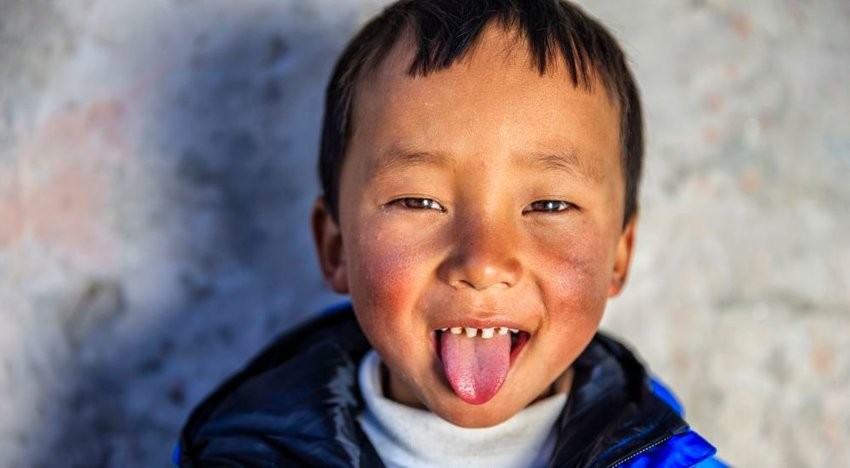 |
| Sticking Your Tongue Out |
From an early age we are taught not to stick out our tongue because it is a sign of rudeness. But in Tibet, it is a way of greeting people as well as a way of showing respect.
This custom of greeting originated from an evil king named Lang Darma. Legend has it that this person has a black tongue. Since then, when meeting each other, Tibetans often stick out their tongues to say hello to prove that they are not the embodiment of that evil king. Gradually, this habit became quite interesting custom of this Buddhist country.
4. Clap your hands - Zimbabwe and Mozambique
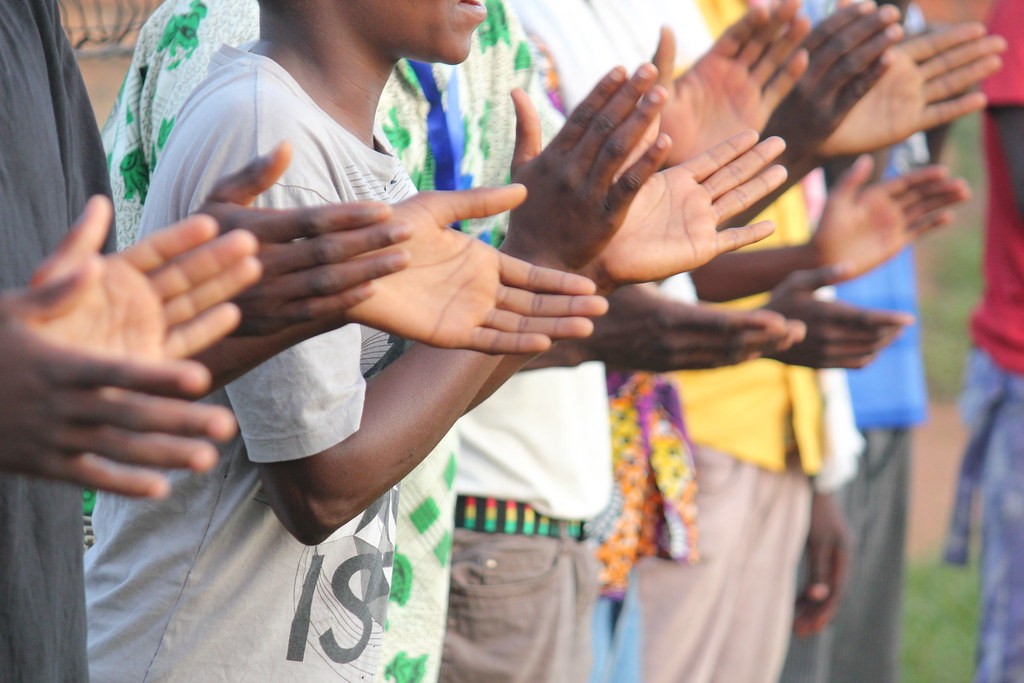 |
| Clap your hands - Zimbabwe and Mozambique |
In Zimbabwe, greeting involves shaking hands and clapping. The clap begins with one person clapping once (or twice in certain circumstances) and then waiting for the other person to answer with a clap once or twice as well. Women clap with their hands crossed and making an angle, whereas men clap with their fingers aligned. Zimbabweans believe that this is done to demonstrate respect for the other person.
Just watch how you slam your palms together. Males clap with their fingers and palms aligned, whereas women clap at an angle. People in northern Mozambique clap three times before saying "moni" (hello).
5. Spitting - Massai tribe
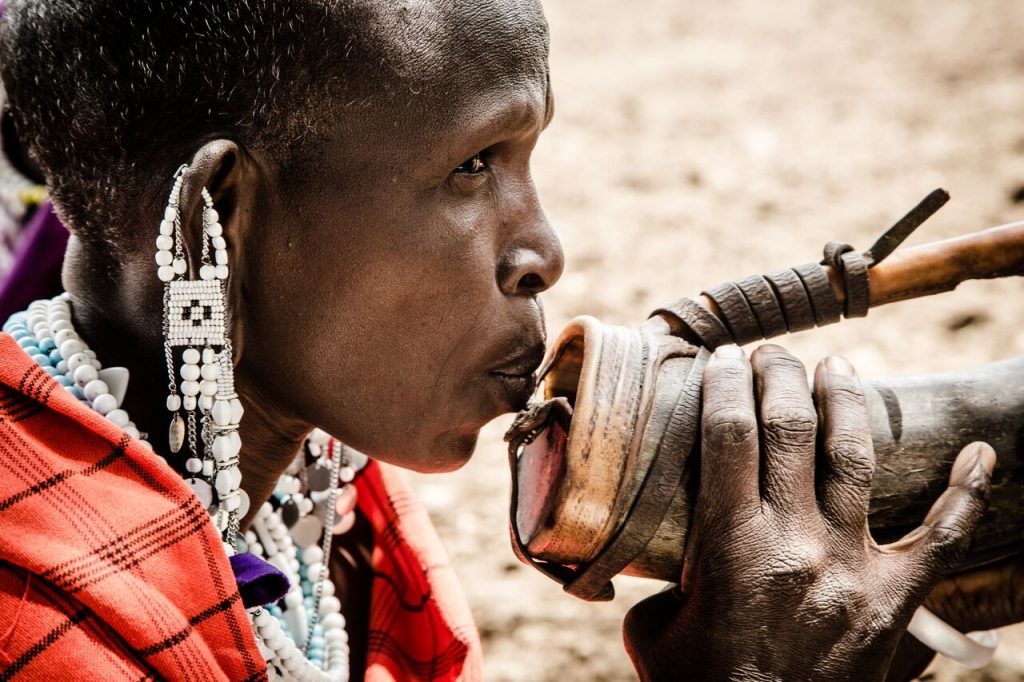 |
| Spitting |
Spitting is considered rude in many cultures, but when visiting the Maasai tribe in Kenya, be prepared to see it often. Maasai ethnic people have a tradition of spitting to greet and show respect to the opposite person. They also shake hands when greeting guests, but before that will spit on the palm of their hand. When welcoming a baby, they also do the same, to bring good luck to the baby. This greeting makes many Vietnamese people shy. However, for the people of the Massai tribe, this is the most friendly greeting when they welcome a new friend. More interestingly, they also think that the more they spit on the opponent, the more enthusiasm they show.
In particular, according to the custom of the Massai people, the bride's father will spit on his daughter's head and chest as a blessing. There is not any girl of the Massai tribe when she gets married and does not perform this unique blessing ceremony. The father's saliva will represent all the best that the father - mother of the bride wants to send to his children. The girl will also be happier when receiving these special "blessings". And only after performing this strange ritual was the girl allowed to go home to her husband. A special thing is that the procession of people bringing the bride often goes at a very slow speed, so the process of bringing the bride from her biological parents' house to her husband's house can take many hours.
6. Hand on heart - Malaysia
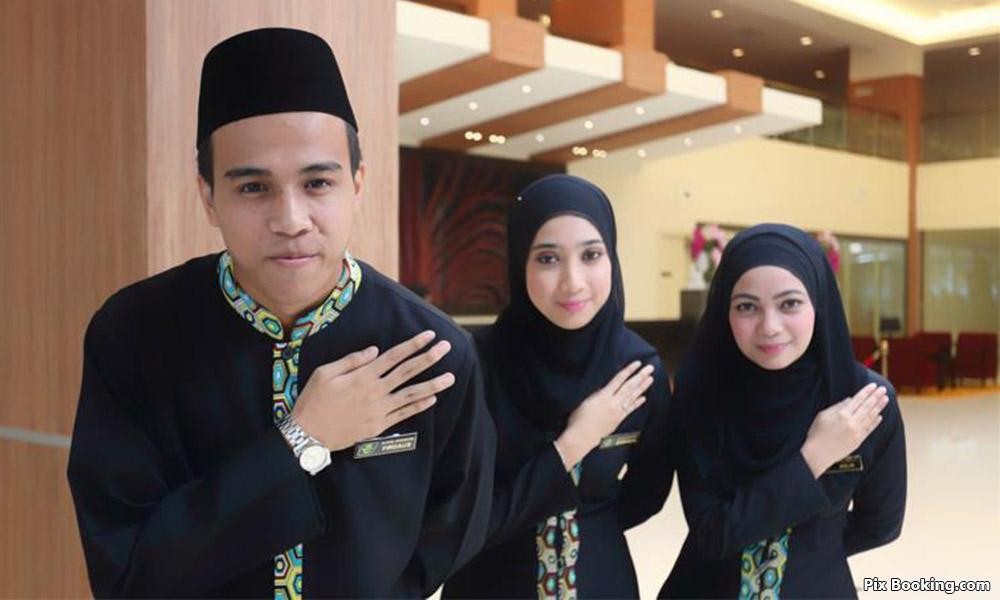 |
| Hand on heart |
As one of the countries with the most diverse and unique cultures in the world, Malaysian culture has been influenced by the West after World War II, while retaining the pure Eastern cultural features. The East-West cultural flows blow into this country, combined with the beauties of the indigenous culture, creating a multi-tone cultural music. The greeting in the morning in Malaysian culture is "Salamat pagi", in the afternoon it is "saolamat petang". You can respond by placing your right hand in front of your chest after shaking hands. But when introduced to a Malaysian woman, you should only shake hands when they have reached out first. If they don't take the initiative to extend their hand first, you should just smile and bow.
Note, besides shaking hands, there should be no contact in public between two people of the opposite sex. This is only acceptable in people of the same sex. You can see two men holding hands or even walking hand in hand in front of everyone. When meeting Malaysians, you should take the initiative to shake hands. Sometimes they may greet you with "namaste" - a gesture of palms touching and placed across the chest, followed by a slight nod. Sometimes Namaste also happens right after the first handshake. This greeting is similar to the way our players often do when salute the flag before the match.
They place their left hand over their heart and slightly bow their heads. The greeting is like sending a message: I welcome you and welcome you with all my heart. This action is both polite and convenient in a country where rituals and dogma between men and women are quite heavy. In Malaysia, men and women never greet each other with handshakes, because they consider it a gesture of affection that only occurs in couples.
7. Bow - Cambodia, India, Nepal, Laos, Thailand, and Japan
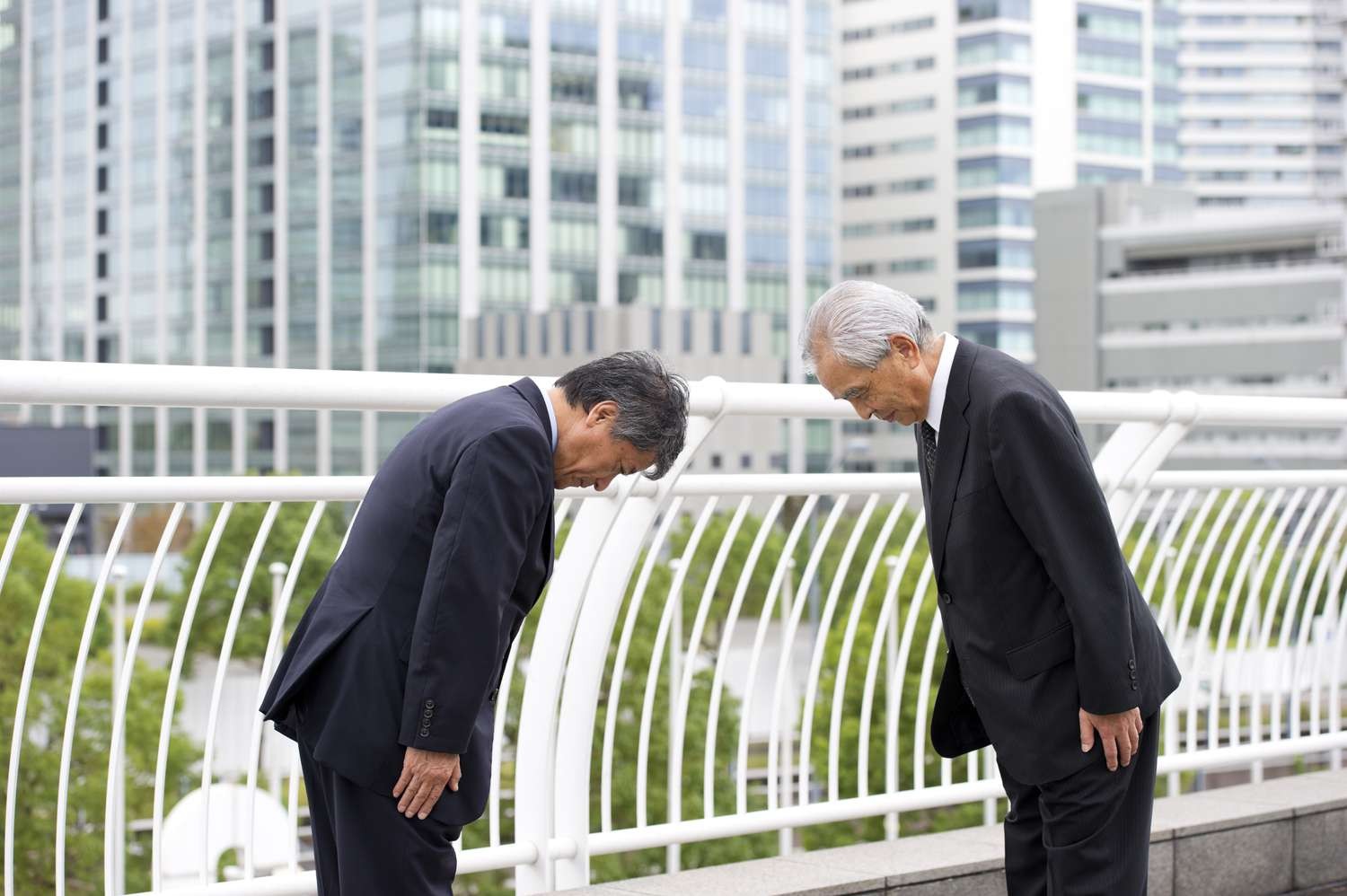 |
| Bow |
When it comes to bowing, the question isn't simply when to do it, but also how. Press your palms together in an upward-pointing prayer stance at heart level or higher in India, Nepal, Cambodia, Laos, and Thailand, then tilt your head slightly forward to do a bow. You may hear the phrase namaste said with this greeting in India and Nepal; the Sanskrit term translates to "bend or bow to you" and is considered a show of respect and appreciation.
Taking a bow is known as the wai in Thailand, and the higher you position your hands, the more respect you show. In Japan, however, a deeper bow (90 degrees is the maximum) symbolizes greater respect, and prayer hands are not utilized. Women bow with their hands on their thighs, whereas males bow with their hands at their sides. A head bow (similar to a nod, but more pronounced) is becoming the new norm among younger generations.
8. Sniff faces - Greenland and Tuvalu (Oceania)
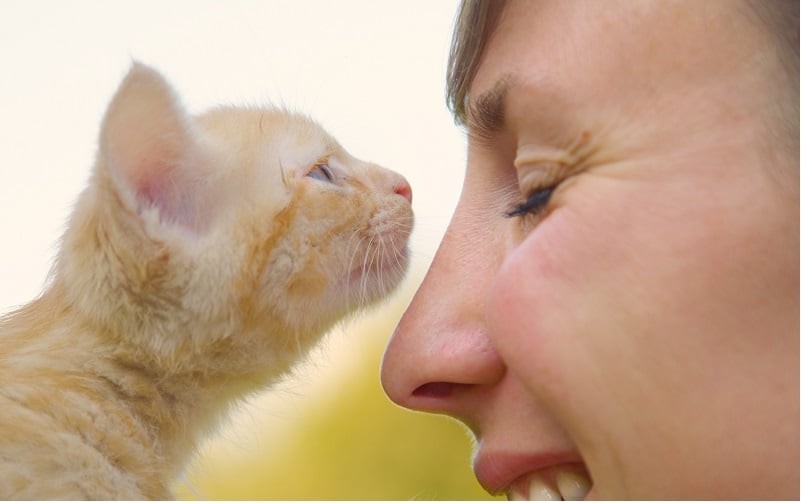 |
| Sniff faces |
Nothing beats the fragrance of someone you care about... or someone you've just met. Kunik, the Inuit ritual of pressing your nose and top lip on someone's face or forehead and smelling, is only used in extremely intimate relationships in Greenland. But, on the South Pacific island of Tuvalu, guests are still greeted by pressing their cheeks together and taking a deep breath.
9. Snap your fingers - Liberia and Benin
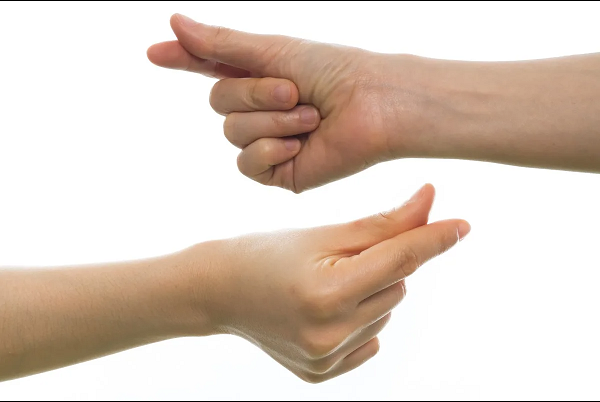 |
| Snap your fingers |
Don't be shocked if someone greets you by snapping their fingers if you visit Liberia or Benin. Former peace corps volunteers Erika Kraus and Felicie Reid observe in Benin (Other Places Travel Guide) that "those who are more comfortable with one another will add a snap of the fingers to their handshake."
Similarly, citizens in Liberia employ the "Liberian finger snap," which consists of a handshake, a grip, a snap, and a fist bump. It's similar to a secret handshake, only the entire country knows about it.
10. Squeeze thumbs - Zambia
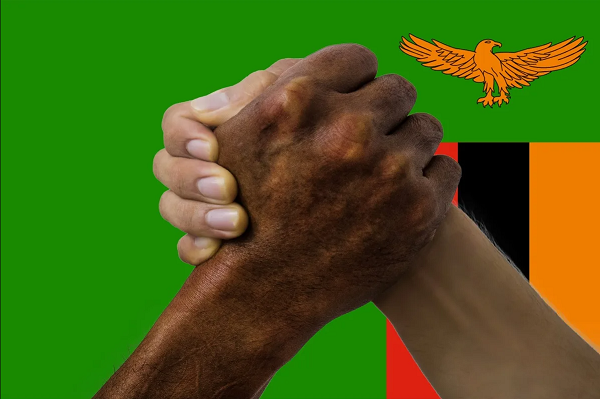 |
| Squeeze thumbs |
In Zambia, shaking hands and supporting the right hand with the left is common. Yet, in other locations, like as Luapula, people clap their hands and squeeze their thumbs when greeting hello.
Despite Zambians formally shake hands when greeting others, their handshakes are nothing like those seen in the United States. According to the USDA/NIFA/NASA greeting handbook, "some greet one other by gently gripping a thumb" in Zambia. To conduct this greeting, all you have to do is wrap your hand around the other person's thumb and squeeze.
Conclusion
These are the most interesting unique greetings in the world. Hope KnowInsiders has provided you with useful and interesting information!
 Top 10 Best-Selling Books In The World Of All Time Top 10 Best-Selling Books In The World Of All Time If you are looking for a new book to read, here is a list of 10 best-selling books in the world that KnowInsiders would recommend ... |
 Top 10 Largest Buddha Statues in the World Top 10 Largest Buddha Statues in the World With a record height of more than 100 m, these giant statues have become symbols of cities and tourist attractions. Let's admire the 10 largest ... |
 Top 10 Best and Most Popular Energy Drink Brands In The World Top 10 Best and Most Popular Energy Drink Brands In The World Energy drinks not only effectively quenches thirst but also supports energy recovery, keeping the body awake. Today KnowInsiders will help you learn about some of ... |

